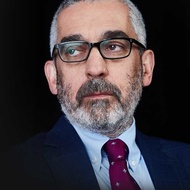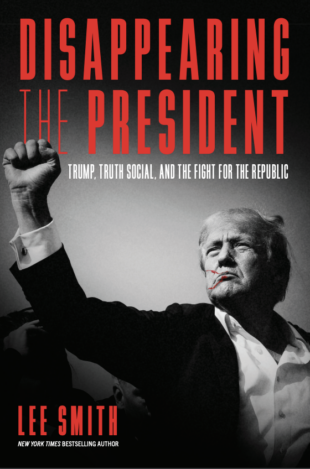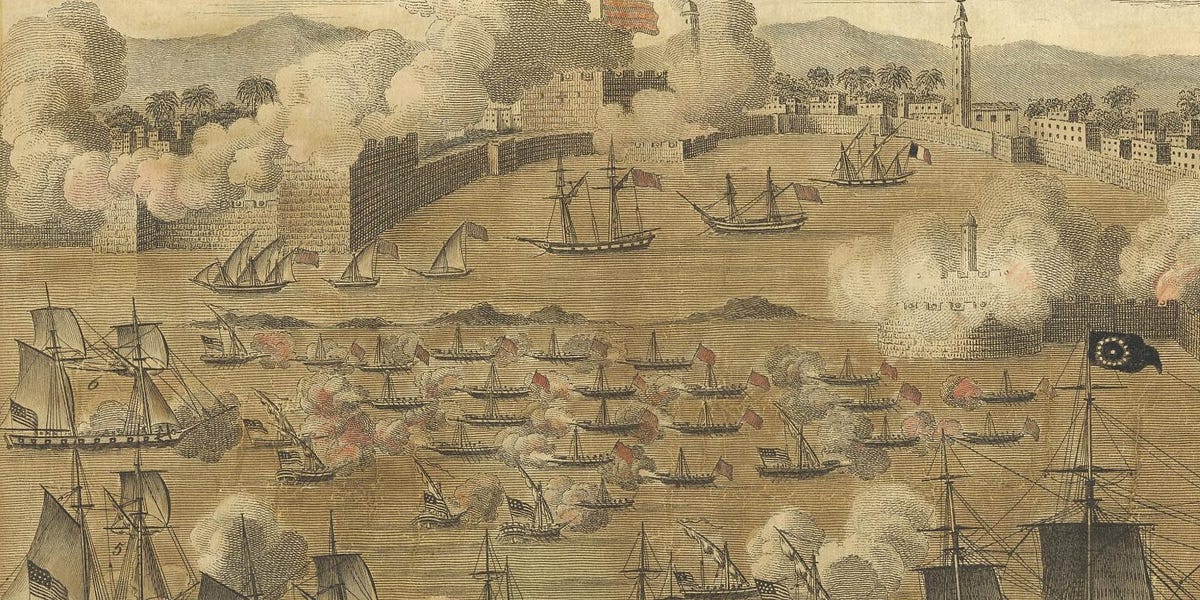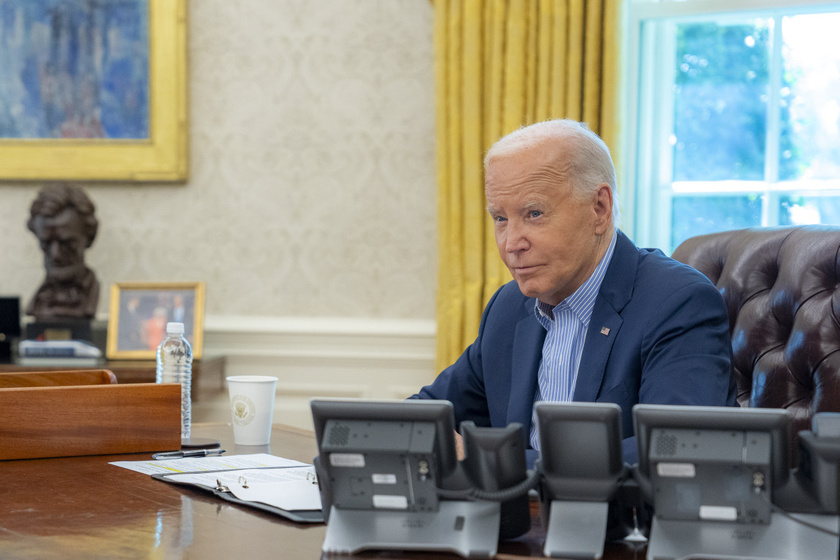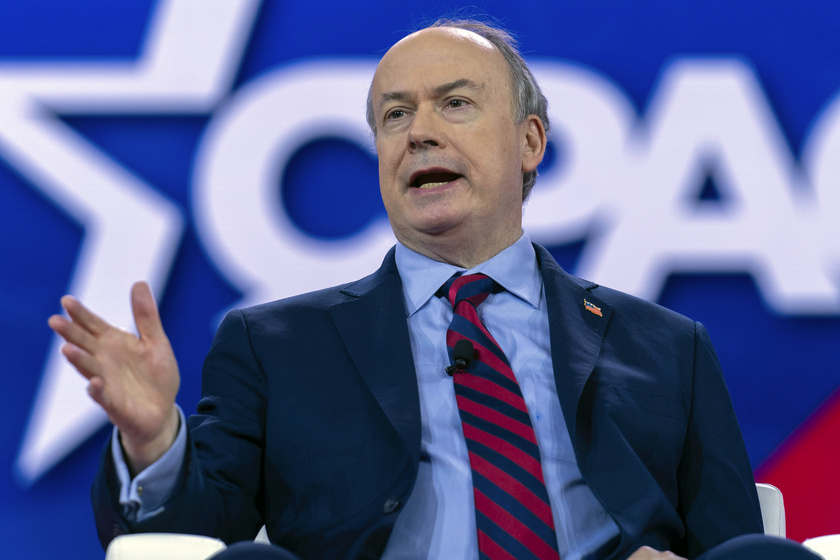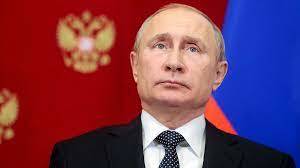
According to John Durham’s report, FBI agents traveled to Rome in early October and offered Christopher Steele $1 million for evidence corroborating his allegations that the 2016 Donald Trump presidential campaign had been compromised by the Russian government. How did the Bureau expect the British ex-spy to verify his claims when the only people who could provide documentary or physical evidence to support his memos would be from Donald Trump’s circle, or Russian officials and other figures close to Vladimir Putin?
Steele didn’t have any access to Trump’s people but what about the Russians? Did he know anyone from Putin’s world? Indeed, he did. Steele worked for a Russian businessman famously connected to Putin, Oleg Deripaska.
In July 2016, the FBI’s Crossfire Hurricane team opened a full investigation on the Trump campaign in order to use one of the US government’s most intrusive surveillance tools — a Foreign Intelligence Surveillance Act warrant — to spy on Hillary Clinton’s rival. The FBI wanted to know if the Trump campaign had an October Surprise planned for Clinton and to see if there was dirt for the Clinton campaign to use as its own October Surprise against Trump.
In September, Crossfire Hurricane's FISA application was rejected and with the election less than two months away, the clock was running. Steele’s reports had finally arrived, but the FBI was worried that wouldn’t be enough. After all, they were garbage.
No serious intelligence or law enforcement professional could take Steele's memos seriously. Moreover, with evidence that Steele was briefing the media on his Trump-Russia reports, the FBI had reason to fear that news of the dossier and its provenance — it was a political hit job paid for by the Clinton campaign — would go public and ruin their chances of getting the secret court's approval to spy on Trump.
Brian Auten, the FBI agent responsible for vetting Steele’s information, couldn’t find anything that would help flesh out the Clinton contractor’s fabrications so in early October he and other agents went to see Steele in Rome, Italy. The Durham report states that the agents wanted to know the identity of Steele’s main source but Steele, according to the report, withheld it.
If they couldn’t meet with his source, who Steele said went to Russia frequently, was there anyone else who could supplement his memos? The FBI, according to Auten’s court testimony, offered Steele “anywhere up to a million dollars for any information, documentary, physical evidence, anything of that sort which could help to prove the allegations.”
So why didn’t Steele take the money? If it was just a matter of more dossier-style reporting, like inventing more phony sources and attributing information to people he’d never met, he would’ve walked away with a very big US taxpayer-funded handout.
His inability or unwillingness to collect the bonus certainly wasn’t due to scruples or fear for his professional reputation. The one-time MI-6 man received nearly $200,000 from the Clintons for his dossier reports before the election, and earned another $250,000 from a George Soros-funded outfit for his Trump-Russia work after the election.
Steele couldn’t have been worried about the FBI finding him out, since they already knew the dossier was a fiction. And that’s the crux of the issue: Why did the FBI offer to pay Steele $1 million to prove something that they knew wasn’t true? To put that another way, how would Steele find someone to forge evidence corroborating the dossier’s central claim — that Trump had been compromised by Russian intelligence in an operation overseen by Putin himself.
The FBI knew that Steele worked for someone who could invent documentary evidence convincingly, Oleg Deripaska. And they’d already floated the idea by him directly.
Less than a month before offering Steele the $1 million bonus, FBI officials had approached the Russian aluminum magnate in his New York home and asked him what he knew about Trump's ties to Putin.
By the time of that September 2016 meeting, the FBI already had a long relationship with Deripaska. In 2009, federal law enforcement authorities sought his help in locating Robert Levinson, a former FBI agent who went missing in Iran in 2007 while on a contract assignment for the CIA. The FBI asked Deripaska to fund an investigation into the whereabouts of Levinson, now believed to have died in Iranian captivity.
The Russian businessman told journalist John Solomon that he spent more than $25 million on the investigation and blamed the State Department for failing to secure Levinson’s release after his associates found him.
It’s a strange story — does the FBI frequently demand donations from foreign billionaires? Perhaps its most striking detail is that, according to Deripaska, one of the FBI officials who asked for his help finding Levinson was Andrew McCabe, who within a few short years would become the Bureau's deputy director. Congressional investigators believe that McCabe was the driving force behind the FBI's corrupt Trump investigation.
At least part of what motivated Deripaska to work with the FBI was his desire to resolve his US visa status. The State Department has repeatedly rejected Deripaska’s visa requests, claiming that he has ties to organized crime. Accordingly, the FBI has tried to leverage Deripaska’s wish to travel more easily to the US, where he has a home in Washington, DC as well as New York, to cultivate him as a source inside Putin’s inner circle.
In September 2015, Deripaska was in New York, thanks to FBI pressure on the State Department to allow him to travel on a diplomatic passport for the annual UN general assembly. FBI officials visited him at his home for a meeting reportedly facilitated by Steele, who worked for Deripaska in London.
Also in attendance was senior Justice Department official Bruce Ohr, whom Steele had known for several years. Texts between Steele and Ohr a few months after the meeting showed that Steele was lobbying the DOJ lawyer for help getting a visa for Deripaska. Texts and emails from the period between Ohr and Steele as well as Glenn Simpson, founder of the Clinton-funded firm that hired the British contractor to produce the Trump-Russia dossier, are among the earliest pieces of evidence showing how the Russiagate scandal was constructed.
When FBI officials again met with Deripaska in New York in September 2016, their purpose was to get him to corroborate Steele’s reporting about the Republican candidate and the Russian president. But Deripaska, according to a press account, “disputed that there were any connections between the Trump campaign and Russia.”
When Steele was asked a few weeks later for evidence backing his Trump-Russia memos, it was clear that, given the right back-story, the FBI would have accepted almost any sort of documentation or physical evidence to support the FISA application. For the Bureau, even a cocktail napkin from Deripaska with Trump and Putin’s names scribbled on it likely would have been enough.
But Steele already knew that Deripaska wasn’t going to put Putin in the middle of a US intelligence operation, never mind one targeting a man who might become the next American president. In fact, the aluminum magnate alerted the Kremlin that the FBI was trying to recruit him. And Steele wouldn’t dare tempt the Russians’ wrath by forging evidence attributed to Putin’s circle.
The Durham report devotes several long sections to the possibility that Moscow may have injected “disinformation” into the FBI’s Trump-Russia investigation. But that’s all misdirection. The reality is that Russiagate was a plot hatched by the Clinton campaign and senior Barack Obama administration intelligence officials. It was US state-sponsored disinformation from beginning to end. And it was the FBI that gave Putin, through one of his associates, an opening to interfere in an American election, an opportunity it seems that Moscow declined.
